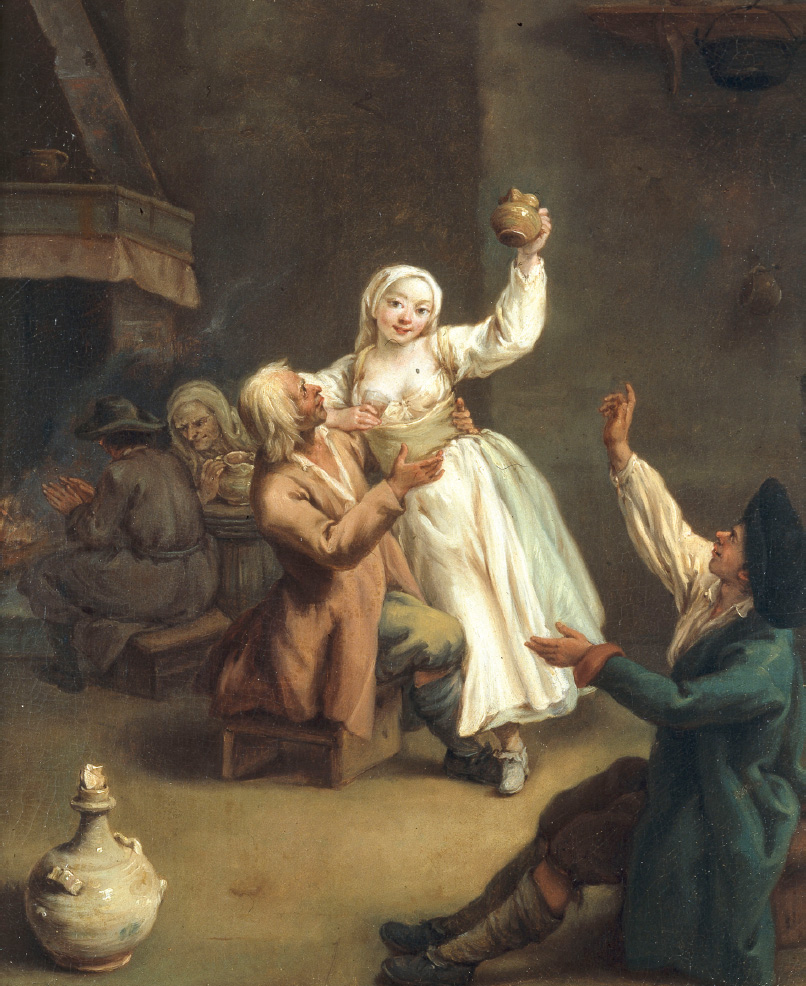Late Marriage and Nuclear Families
Because census data before the modern period are rare, historians have turned to parish registers of births, deaths, and marriages to uncover details of European family life before the nineteenth century. These registers reveal that the three-generation extended family was a rarity in western and central Europe. When young European couples married, they normally established their own households and lived apart from their parents, much like the nuclear families (a family group consisting of parents and their children with no other relatives) common in America today. If a three-generation household came into existence, it was usually because a widowed parent moved into the home of a married child.
Most people did not marry young in the seventeenth and eighteenth centuries. The average person married surprisingly late, many years after reaching adulthood and many more after beginning to work. Studies of western Europe in the seventeenth and eighteenth centuries show that both men and women married for the first time at an average age of twenty-five to twenty-seven. Furthermore, 10 to 20 percent of men and women in western Europe never married at all. Matters were different in eastern Europe, where the multigeneration household was the norm, marriage occurred around age twenty, and permanent celibacy was much less common.

Why did young people in western Europe delay marriage? The main reason was that couples normally did not marry until they could start an independent household and support themselves and their future children. Peasants often needed to wait until their father’s death to inherit land and marry. In the towns, men and women worked to accumulate enough savings to start a small business and establish their own home. As one father stated in an advice book written for his son: “Money is the sinew of love, as well as war; you can do nothing happily in wedlock without it; the other [virtue and beauty] are court-cards, but they are not of the trump-suit and are foiled by every sneaking misadventure.”1
Laws and tradition also discouraged early marriage. In some areas couples needed permission from the local lord or landowner in order to marry. Poor couples had particular difficulty securing the approval of local officials, who believed that freedom to marry for the lower classes would result in more landless paupers, more abandoned children, and more money for welfare. Village elders often agreed.
The custom of late marriage combined with the nuclear-family household distinguished western European society from other areas of the world. Historians have argued that this late-marriage pattern was responsible for at least part of the economic advantage western Europeans acquired relative to other world regions. Late marriage joined a mature man and a mature woman — two adults who had already accumulated social and economic capital and could transmit self-reliance and skills to the next generation. This marriage pattern also favored a greater degree of equality between husband and wife.